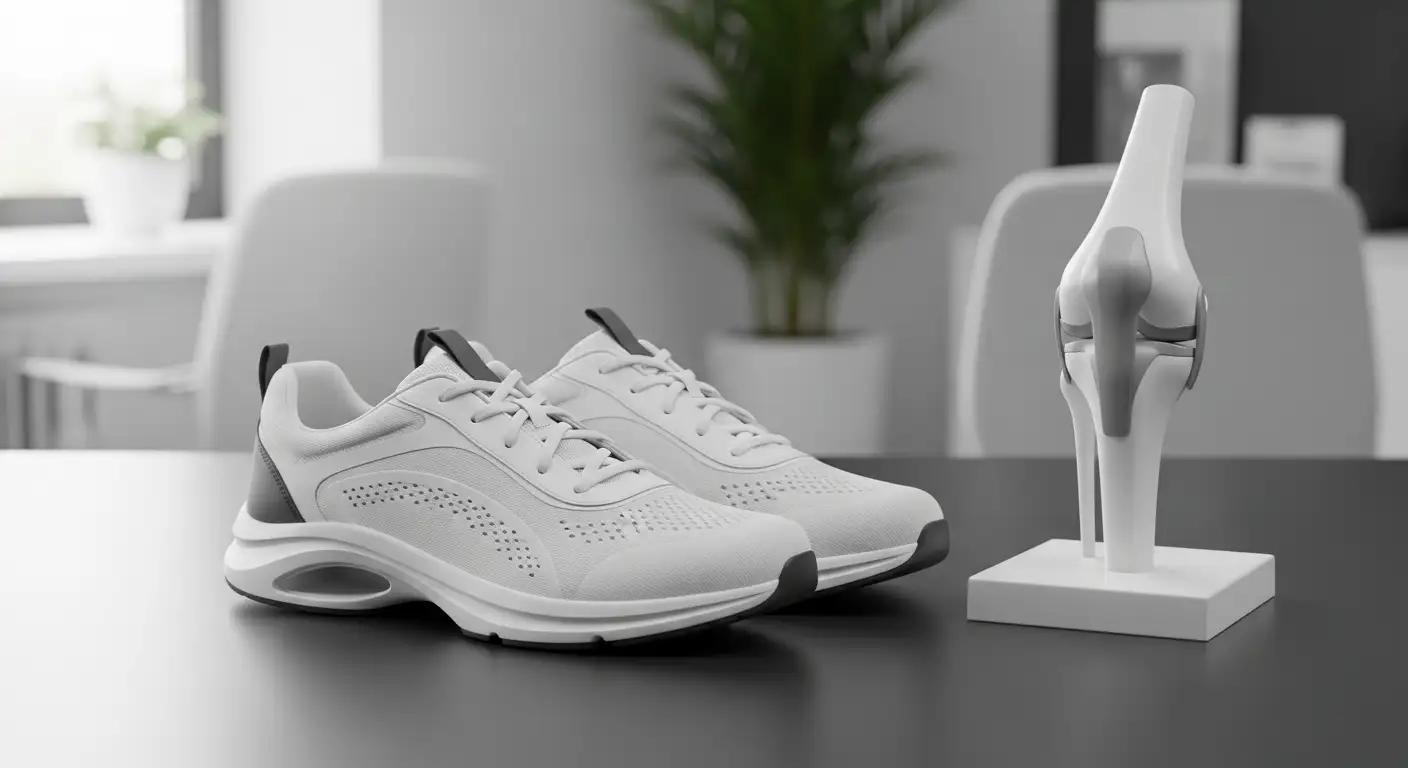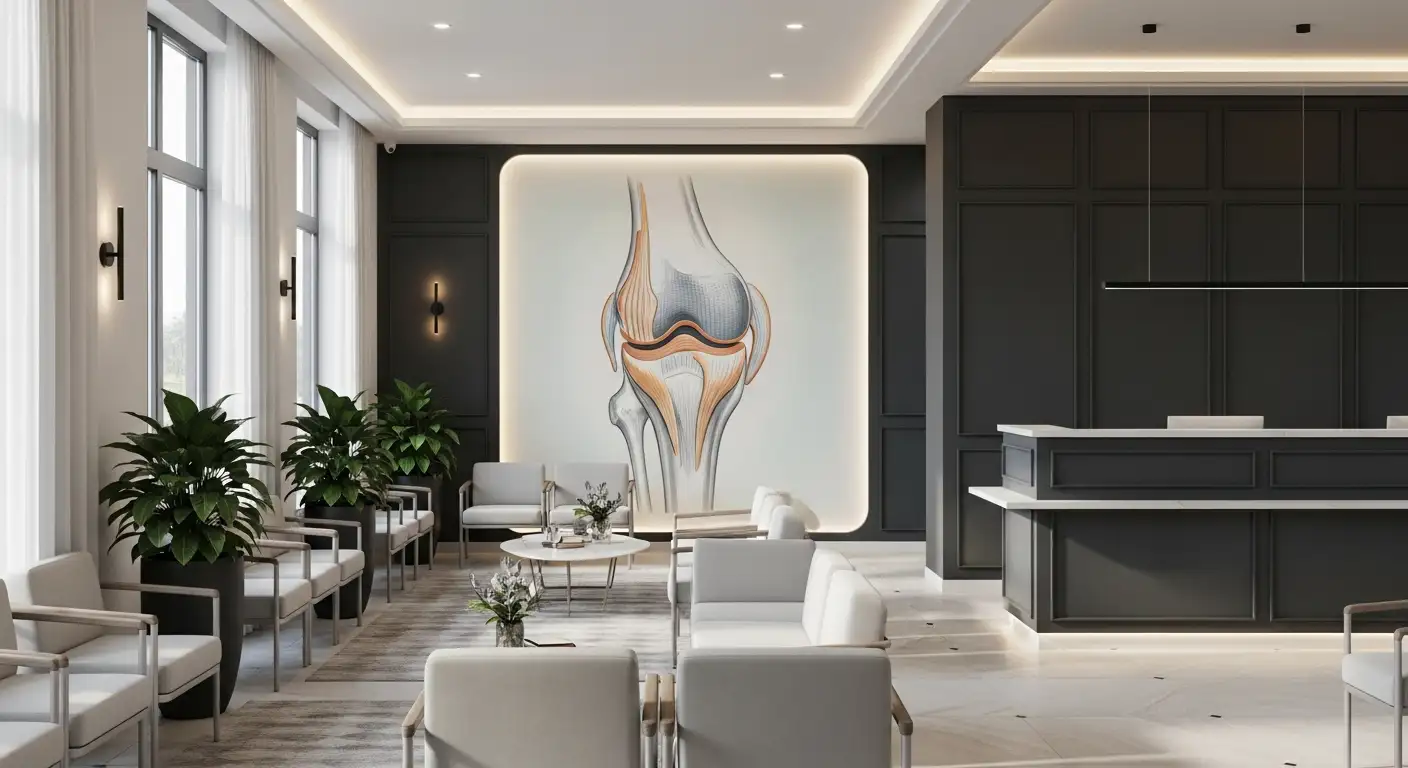Understanding Back of Knee Pain
Experiencing tightness in the back of the knee when bending can be uncomfortable and concerning. To address this issue effectively, it's important to understand the potential causes of knee tightness and when it may be necessary to seek medical advice.

Causes of Knee Tightness
Several factors can contribute to the sensation of tightness in the back of the knee. One common cause is tight hamstrings, which can result from inactivity and a lack of proper stretching. When the hamstrings are not adequately stretched, they may not function optimally, leading to pain in the muscle itself or in the knee area [1].
Knee tightness can also be a symptom of underlying conditions such as osteoarthritis and rheumatoid arthritis. These conditions can cause cartilage erosion, malalignment, and inflammation in the knee joint, leading to feelings of tightness [2]. Additionally, a meniscus tear in the knee can cause pain, swelling, difficulty in moving the knee, and a feeling of the knee being locked in a certain position, all contributing to knee stiffness [2].
When to Seek Medical Advice
While occasional knee tightness may be manageable with self-care measures, there are situations when it is important to seek medical advice. If knee pain occurs after a forceful impact or injury, it is recommended to schedule an appointment with a healthcare provider. Additionally, if knee pain is accompanied by a fever or other signs of illness, it may indicate an underlying condition that requires evaluation by a medical professional. Persistent knee pain that interferes with sleep or daily activities should also be assessed by a healthcare provider.
It's important to note that post-surgical knee stiffness is normal and can improve with proper care, including rehabilitation exercises to build strength, stability, and flexibility in the knee. However, if you have concerns about your specific situation or if the knee tightness persists or worsens over time, it is always advisable to consult a healthcare professional for an accurate diagnosis and appropriate treatment.
Understanding the causes of knee tightness and knowing when to seek medical advice can help in addressing the issue effectively. In the following sections, we will explore common conditions that contribute to knee tightness and discuss various treatment and management options to alleviate this discomfort.
Common Conditions Contributing to Knee Tightness
Knee tightness, especially in the back of the knee, can be attributed to various underlying conditions. Understanding these common conditions can help in identifying the cause and seeking appropriate treatment. Two primary contributors to knee tightness are ligament and meniscus injuries, as well as arthritis and muscle weakness.
Ligament and Meniscus Injuries
Injuries to the ligaments or meniscus in the knee can lead to sensations of tightness. Ligament injuries, such as sprains, ruptures, or tears, can cause internal bleeding and subsequent swelling, stiffness, and limited movement. Similarly, a torn meniscus, which may result from an injury or wear and tear, can cause pain in the back of the knee, particularly when bending or twisting the knee. This pain and discomfort can contribute to a feeling of tightness in the knee.

Arthritis and Muscle Weakness
Arthritis, specifically osteoarthritis, can also contribute to knee tightness. Osteoarthritis is a degenerative joint disease that often affects the knee joint. It can cause the cartilage within the knee to deteriorate, leading to pain, swelling, and stiffness. Over time, this can result in a sensation of tightness in the knee. Additionally, muscle weakness around the knee joint can exacerbate the feeling of tightness and contribute to discomfort.
It's important to note that tightness in the back of the knee can have various causes, and these common conditions are just a few potential contributors. If you are experiencing persistent knee tightness or if it is accompanied by severe pain, instability, or other concerning symptoms, it is recommended to seek medical advice. Proper diagnosis by a healthcare professional is essential for developing an appropriate treatment plan and addressing the underlying cause of the knee tightness.
To learn more about managing knee tightness and finding relief, continue reading our article on back and knee pain.
Treating and Managing Knee Tightness
When it comes to managing knee tightness, there are various approaches that can be taken. The treatment options range from home remedies and self-care techniques to medical treatments and interventions. Let's explore these two categories in detail.
Home Remedies and Self-Care
Home remedies and self-care techniques can often provide relief and help manage knee tightness. Consider incorporating the following practices into your routine:
It's important to note that while home remedies and self-care techniques can provide temporary relief, they may not address the underlying cause of knee tightness. If the tightness persists or worsens, it's advisable to seek medical advice.
Medical Treatments and Interventions
In some cases, medical treatments and interventions may be necessary to manage knee tightness effectively. The appropriate treatment will depend on the underlying cause of the tightness. Some common medical treatments and interventions include:
It's important to consult with a healthcare professional to determine the most appropriate treatment plan for your specific situation. They will be able to diagnose the underlying cause of your knee tightness and recommend the best course of action.
Remember, every individual's situation is unique, and what works for one person may not work for another. Patience and consistent adherence to the recommended treatment plan are key when managing knee tightness.
Preventing and Alleviating Knee Tightness
When it comes to preventing and alleviating knee tightness, there are various approaches you can take to promote flexibility and support the health of your knees. Two essential strategies include incorporating strengthening and stretching exercises into your routine and considering lifestyle factors that impact knee health.

Strengthening and Stretching Exercises
Maintaining flexible and strong muscles around the knees, particularly in the legs, hips, and buttocks, may help alleviate or prevent knee tightness [2]. Here are some exercises that can be beneficial:
Remember to consult with a healthcare professional or physical therapist before starting any new exercise program, especially if you're experiencing knee pain or have a history of knee problems. They can provide guidance on proper form and recommend exercises tailored to your specific needs.
Lifestyle Factors Impacting Knee Health
In addition to exercises, certain lifestyle factors can impact knee health and contribute to knee tightness. Here are some considerations:
By incorporating strengthening and stretching exercises into your routine and considering lifestyle factors that impact knee health, you can take proactive steps to prevent and alleviate knee tightness. Remember to listen to your body, start slowly, and seek professional guidance as needed.
References
[2]:
[3]:
[4]:





